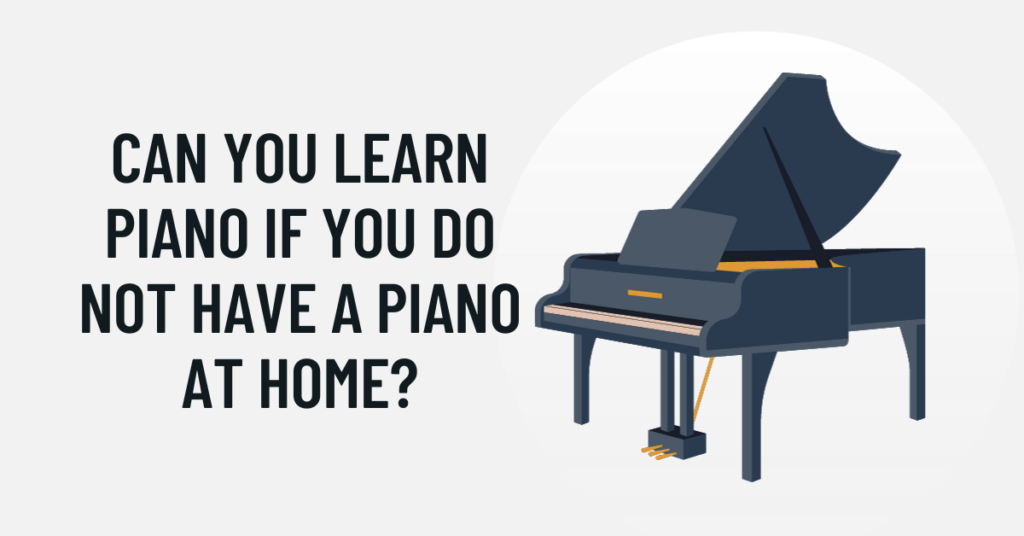The enchanting melodies and intricate harmonies of the piano have inspired countless individuals to embark on a musical journey. For many aspiring pianists, the lack of a piano at home might seem like a significant obstacle. However, in today’s digital age, technology offers innovative solutions that enable aspiring musicians to learn and practice piano skills without a physical piano. In this article, we will explore various methods and resources that can help you learn piano, even if you don’t have a piano at home.
1. Digital Pianos and Keyboards:
Digital pianos and keyboards are excellent alternatives to traditional acoustic pianos. They are portable, affordable, and often come with weighted keys that mimic the feel of an acoustic piano. Additionally, digital pianos allow you to adjust the volume or even use headphones, making them suitable for practicing without disturbing others. Some models also offer built-in lessons and interactive features to assist beginners in learning piano basics.
2. Piano Learning Apps:
There is a plethora of piano learning apps available for smartphones and tablets. These apps offer interactive lessons, tutorials, and exercises designed for various skill levels. Some apps use gamification techniques to make learning engaging and fun. They often include virtual keyboards on the screen, allowing you to practice finger placement and learn to read sheet music. Examples of popular piano learning apps include Simply Piano, Yousician, and Flowkey.
3. Online Piano Lessons:
Numerous online platforms offer comprehensive piano lessons taught by experienced instructors. These platforms provide video lessons, tutorials, and practice exercises that cover everything from basic techniques to advanced playing styles. Many online piano courses are structured, allowing learners to progress at their own pace. Some platforms also offer live lessons and feedback from instructors, creating a personalized learning experience.
4. YouTube Tutorials and Channels:
YouTube hosts a vast array of piano tutorials and lessons, ranging from beginner to advanced levels. Talented piano teachers and musicians share their knowledge through video tutorials, covering various genres and techniques. You can find tutorials on specific songs, music theory, and even sight-reading exercises. YouTube tutorials are free and accessible, making them a valuable resource for self-paced learning.
5. Practice with Virtual Piano Software:
Virtual piano software allows you to play piano on your computer using your keyboard or mouse. While it doesn’t replicate the tactile experience of playing physical keys, it can be a helpful tool for practicing note recognition, melodies, and chords. Some virtual piano software also provides visual cues to aid in learning music theory and keyboard layout.
6. Practice Musicianship Skills:
While you may not have access to a physical piano, you can still work on essential musicianship skills. Practice ear training, rhythm exercises, and music theory concepts. Developing a strong foundation in these areas will significantly enhance your piano-playing skills when you have access to a piano.
Conclusion
Learning to play the piano without a piano at home is not only possible but also increasingly convenient thanks to digital technology and online resources. With dedication, practice, and the right tools, aspiring pianists can build a strong foundation in piano playing and prepare themselves for transitioning to a physical piano in the future. Remember that consistent practice, patience, and passion are the keys to unlocking your musical potential, regardless of the instrument you have at your disposal. So, embrace the digital opportunities available, and embark on your musical journey with enthusiasm and determination.


